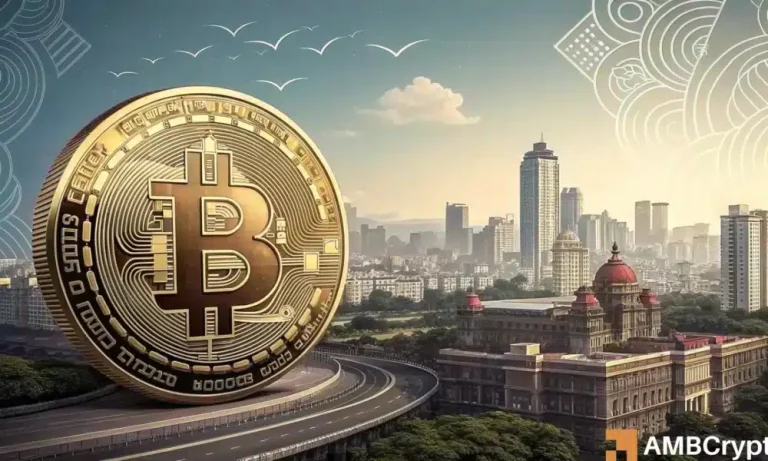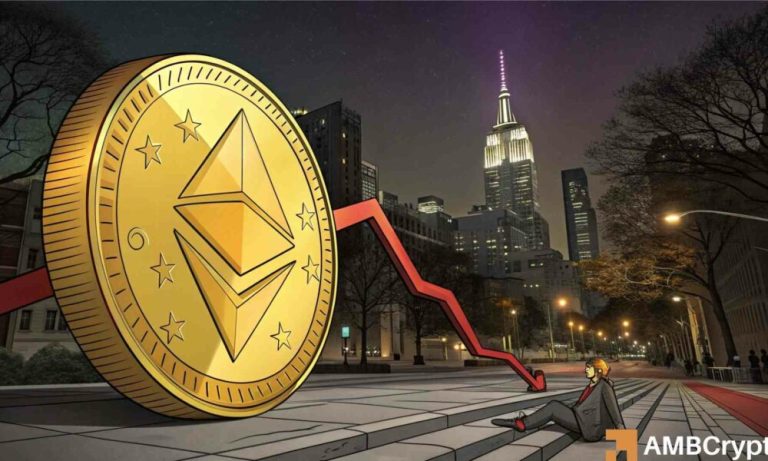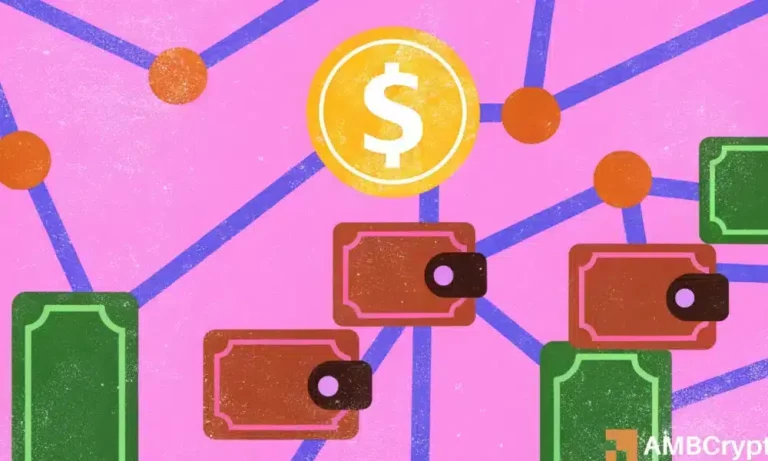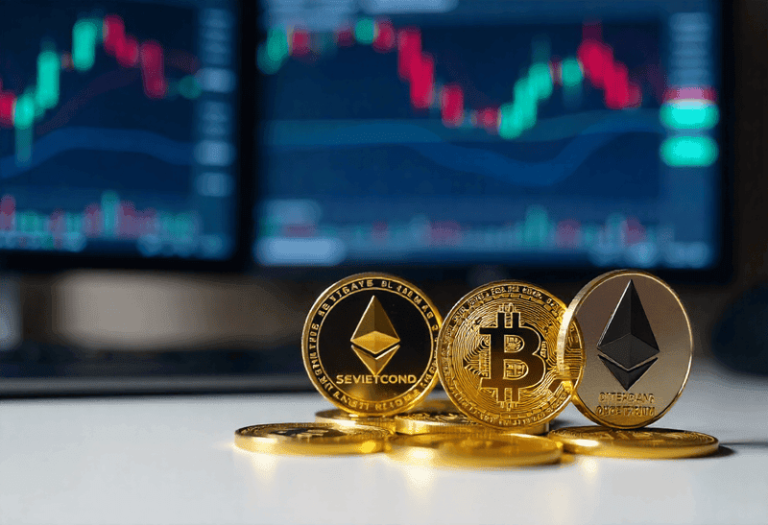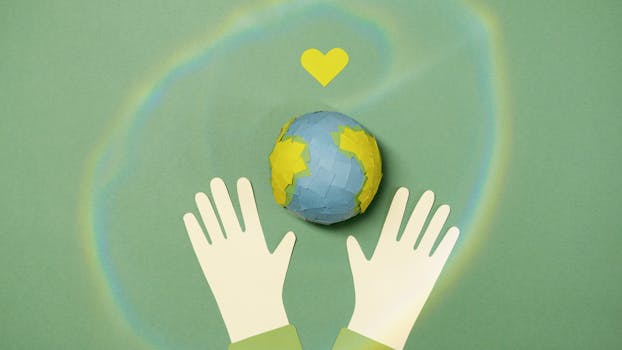
Cultural Shifts and Societal Trends Leading to 2025: Cultural Shifts and Societal Trends
Cultural shifts and societal trends are constantly evolving, and the next few years will be no exception. As we approach 2025, several significant trends will shape our world, from technological advancements to environmental sustainability. In this article, we will explore the most notable cultural shifts and societal trends that will lead us to 2025.
Section 1: Technological Advancements

One of the most significant cultural shifts we will witness is the rapid advancement of technology. Artificial intelligence, the Internet of Things (IoT), and 5G networks will become increasingly prevalent, transforming the way we live, work, and interact with one another. Virtual and augmented reality will also become more mainstream, changing the entertainment and education landscapes.
The impact of technological advancements will be felt across various industries, including healthcare, finance, and transportation. For instance, telemedicine will become more widespread, allowing patients to receive medical consultations remotely. Additionally, blockchain technology will continue to gain traction, providing a secure and transparent way to conduct transactions.
Section 2: Sustainability and Environmental Awareness

Another significant cultural shift is the growing awareness of environmental issues and the need for sustainability. As concern for the planet’s well-being continues to rise, individuals, businesses, and governments will prioritize eco-friendly practices and reduce their carbon footprint. Renewable energy sources, such as solar and wind power, will become more prevalent, and electric vehicles will gain popularity.
The focus on sustainability will also lead to changes in consumer behavior, with people opting for products and services that are environmentally friendly. Companies will need to adapt to these changing consumer preferences, incorporating sustainable practices into their operations and supply chains. Furthermore, the concept of circular economy will gain traction, encouraging the reuse and recycling of materials.
Section 3: Shifts in Social Dynamics and Cultural Values

The next few years will also witness significant shifts in social dynamics and cultural values. The rise of social media has already led to changes in the way we interact with one another, and this trend will continue. Online communities will become increasingly important, providing a platform for people to connect with others who share similar interests and values.
The growing diversity of the global population will also lead to a shift in cultural values, with a greater emphasis on inclusivity and diversity. Companies will need to adapt to these changing demographics, ensuring that their products and services cater to a diverse range of customers. Moreover, the concept of remote work will become more mainstream, allowing people to work from anywhere and promoting a better work-life balance.
Section 4: Economic and Political Trends

The economic and political landscapes will also undergo significant changes in the lead-up to 2025. The rise of emerging markets, such as China and India, will continue to shape global trade and commerce. Additionally, the increasing use of digital currencies and blockchain technology will lead to new opportunities for financial inclusion and economic growth.
The growing concern about economic inequality will also lead to changes in political policies, with a greater emphasis on social welfare and wealth redistribution. The impact of technological advancements on employment will also be a major topic of discussion, with a focus on upskilling and reskilling workers to adapt to the changing job market.
Section 5: Conclusion

In conclusion, the cultural shifts and societal trends leading to 2025 will be shaped by technological advancements, sustainability, shifts in social dynamics and cultural values, and economic and political trends. As we navigate these changes, it is essential to prioritize adaptability, innovation, and a commitment to creating a better future for all. By understanding and embracing these trends, we can work together to build a more sustainable, equitable, and connected world.


